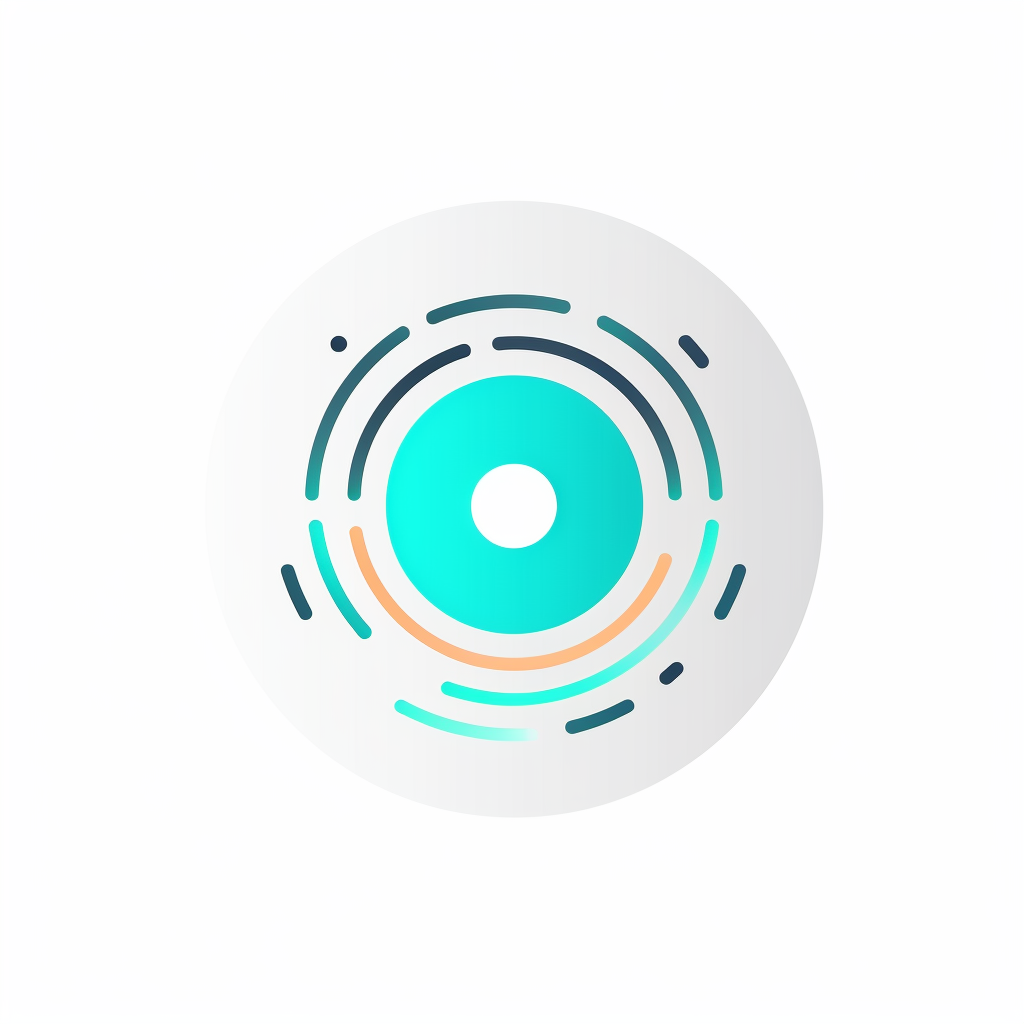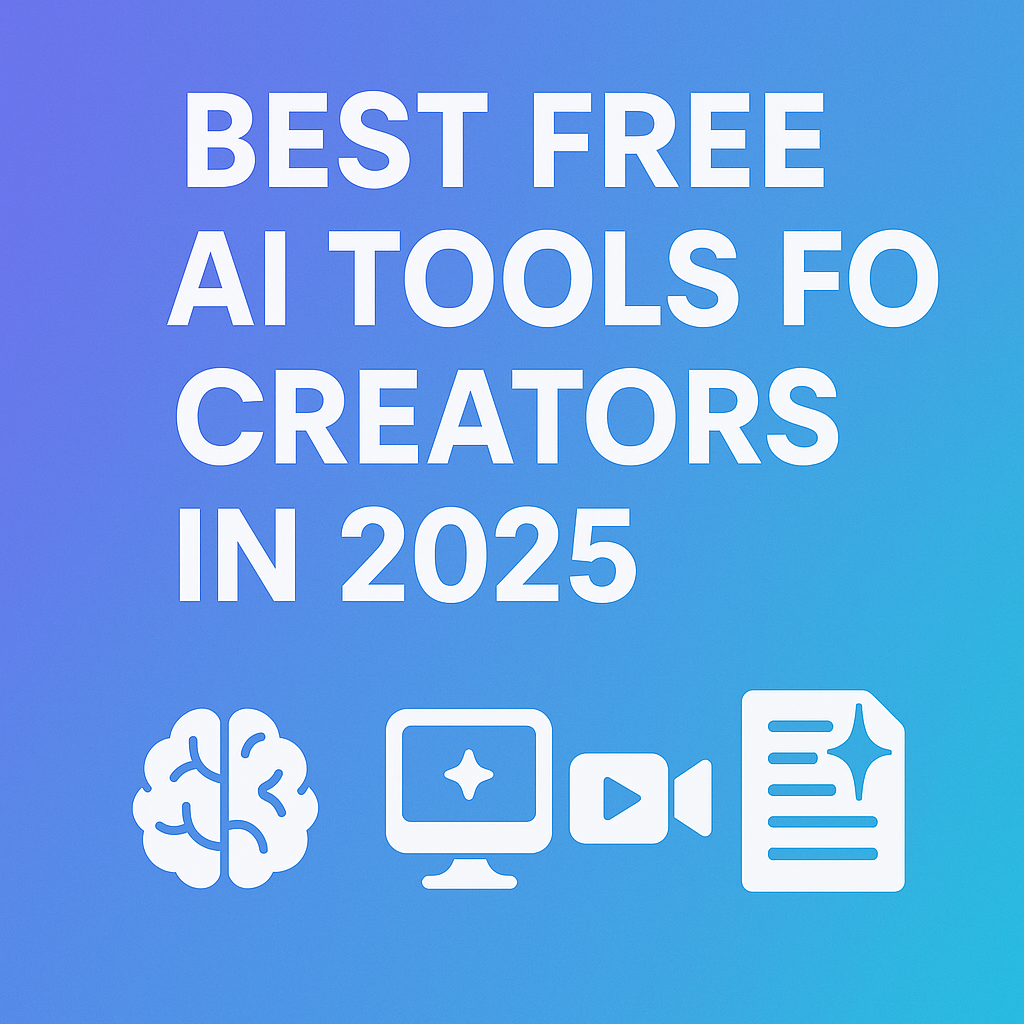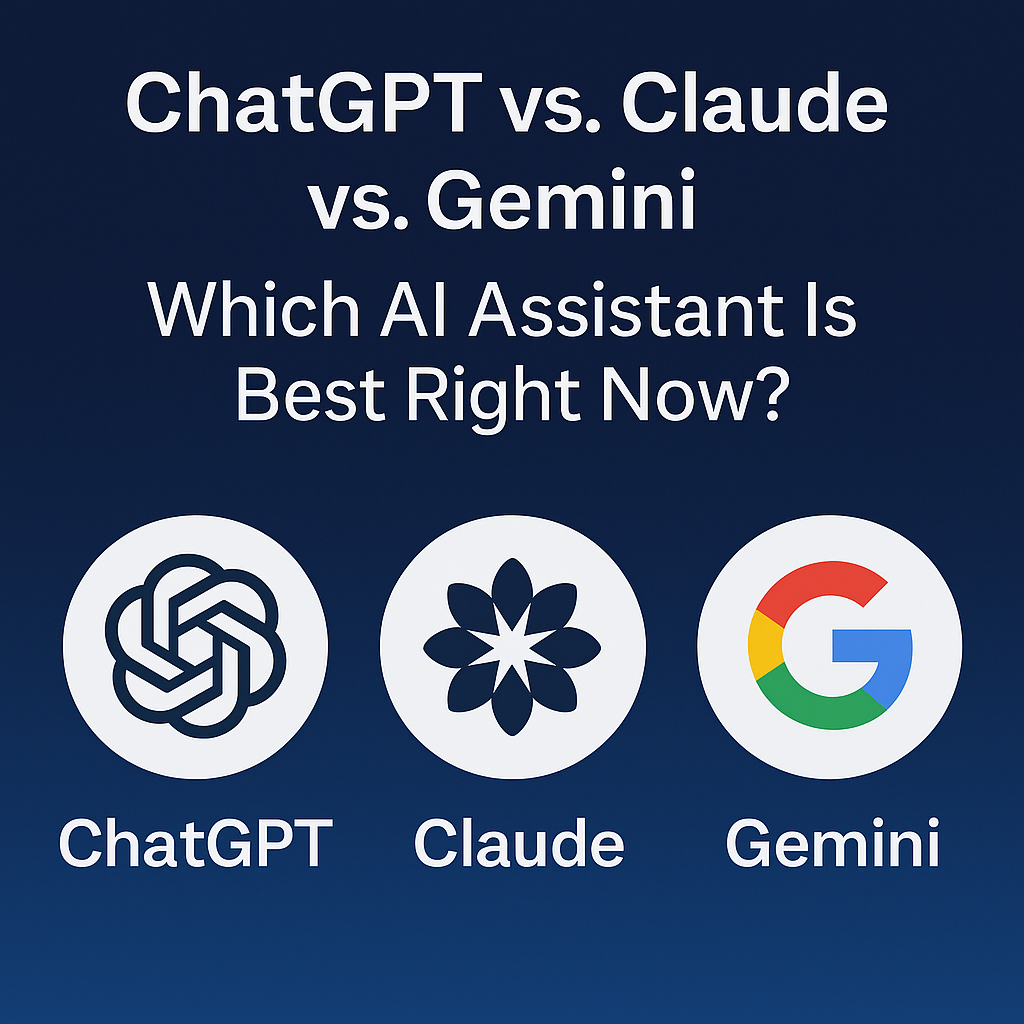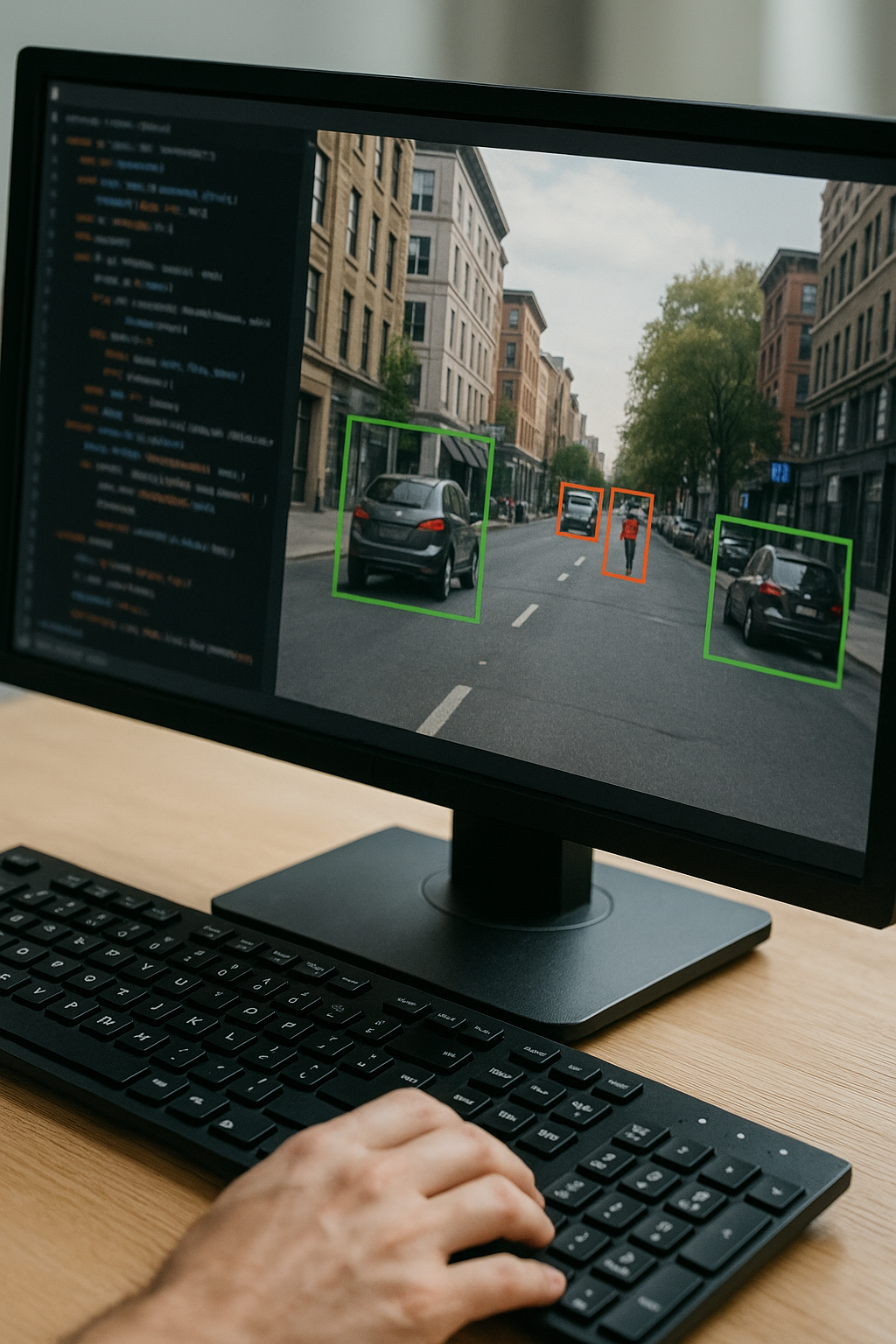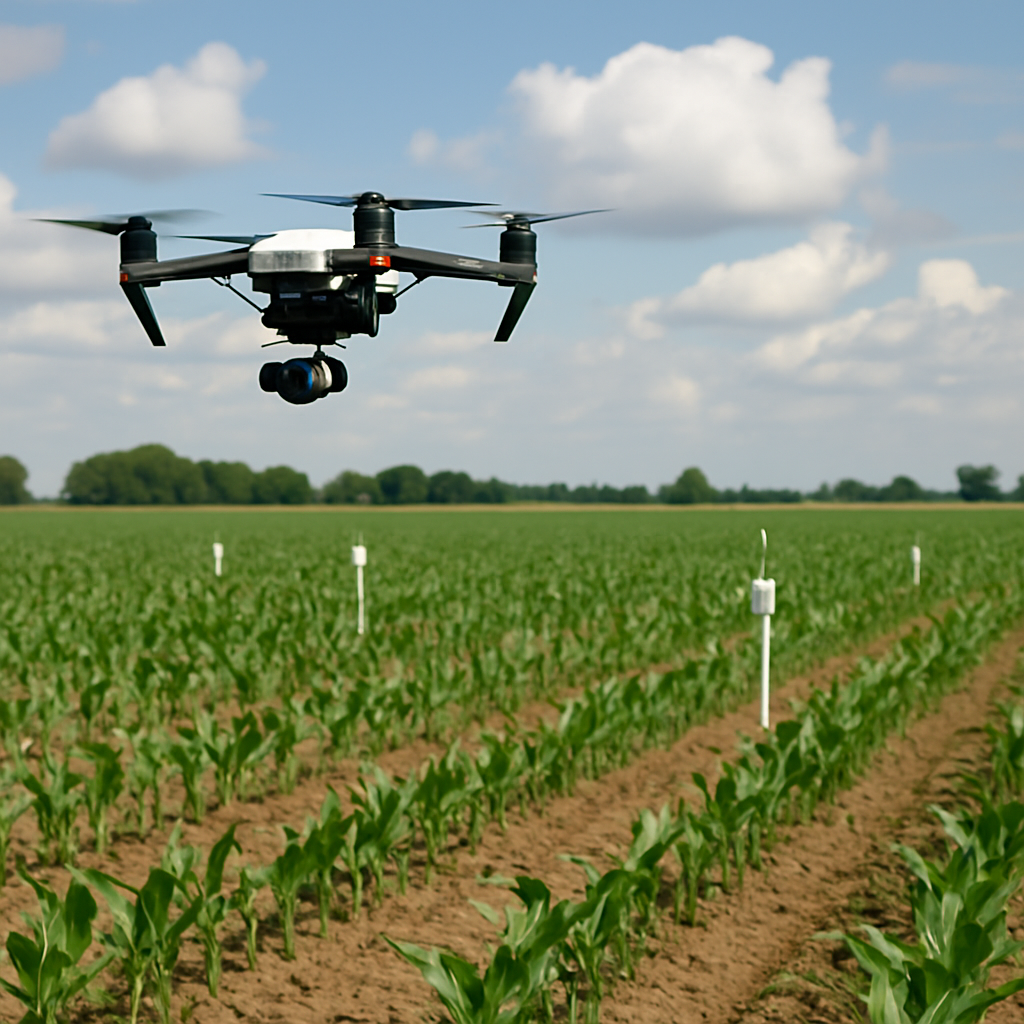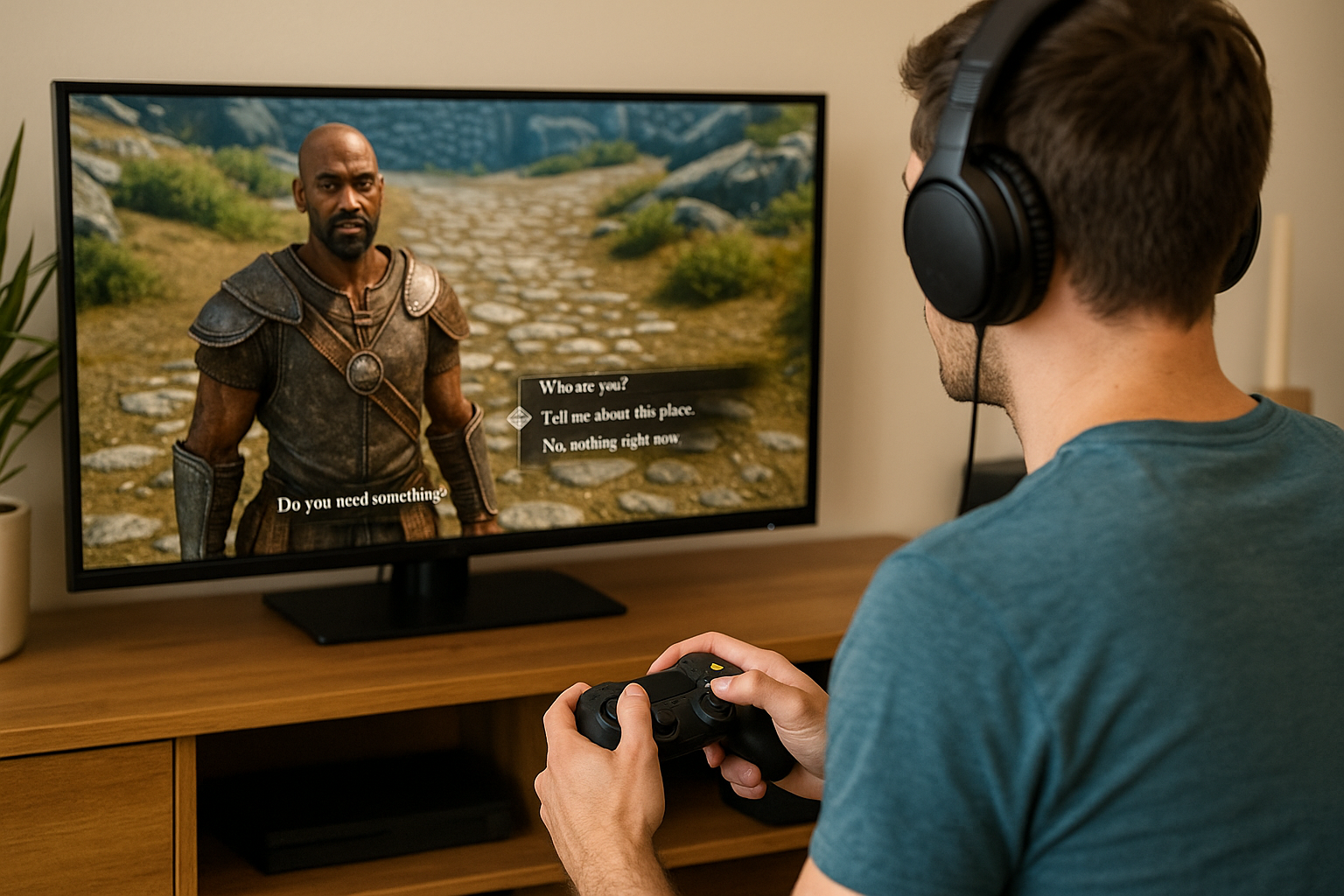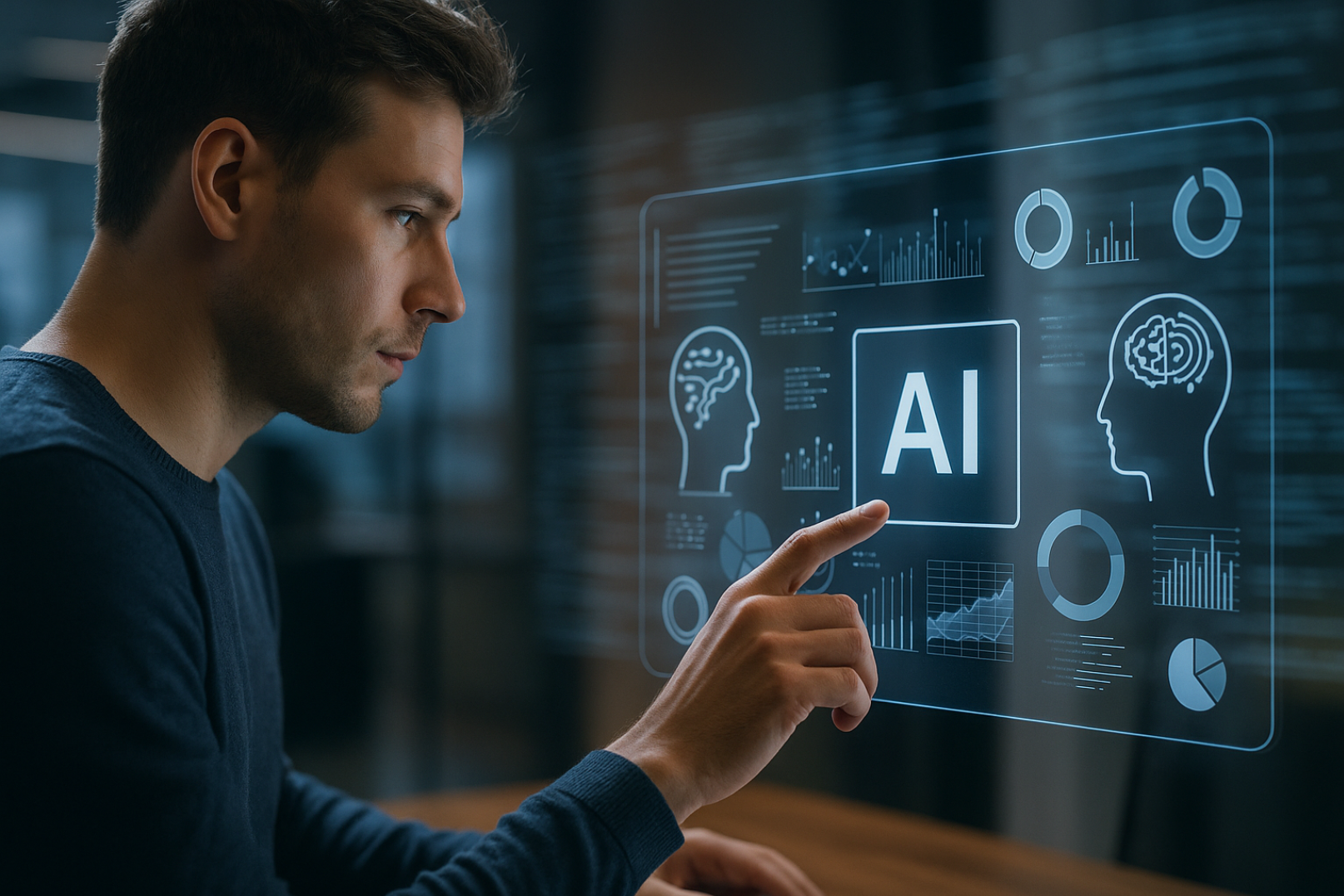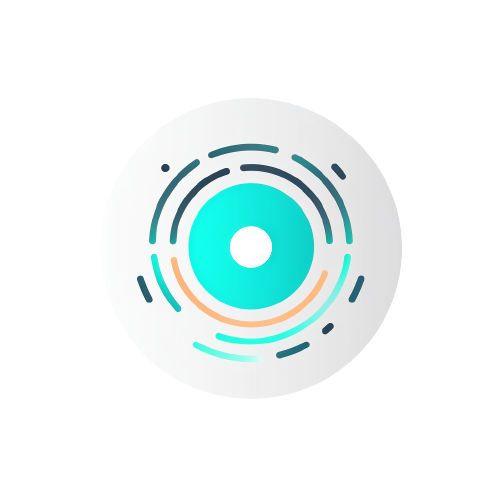Midjourney vs. DALL·E vs. Leonardo.ai: The Ultimate AI Art Comparison
The Ultimate Comparison: Midjourney vs. DALL·E vs. Leonardo.ai for Image Generation
In the world of AI-generated art, creativity is no longer limited by skill — it’s powered by algorithms. As artificial intelligence evolves, so do the tools that let anyone create professional-grade visuals in seconds. Whether you’re a designer, content creator, or business owner, AI image generation can turn imagination into production-ready artwork.
But with so many platforms available, which one actually delivers the best results?
In 2025, three names dominate the scene: Midjourney, DALL·E, and Leonardo.ai.
They each promise stunning results — but in practice, they cater to very different types of users.
Let’s explore how they stack up when it comes to image quality, ease of use, speed, flexibility, and creative control.
1. Midjourney – The Artist’s AI
Midjourney is the painter’s brush of the digital era. Known for its breathtaking aesthetics, intricate details, and painterly textures, it’s the go-to choice for artists, designers, and visionaries who care about emotion and mood as much as realism.
Midjourney operates primarily through Discord, which might sound strange, but this chat-based interface gives it a community-driven feel. Users input text prompts, tweak parameters, and instantly see results while others share and remix ideas in real time.
What sets Midjourney apart is its signature style — a cinematic, dreamlike quality that makes every image look ready for a gallery wall. Even short prompts like “a cyberpunk city at dusk” can yield artwork that feels hand-crafted.
Strengths:
- Unmatched artistic and emotional depth.
- Excellent for concept art, fantasy, and visual storytelling.
- Regular updates (v7 in 2025) deliver higher fidelity and realistic lighting.
Limitations:
- Runs through Discord, which can feel confusing to newcomers.
- Limited editing capabilities — it’s more about generating new art than refining existing images.
- No native free tier, although pricing remains reasonable for serious creators.
In short, Midjourney is made for those who care about art direction, style, and creative experimentation. It’s not just a tool — it’s a visual experience.
2. DALL·E – The Polished Powerhouse by OpenAI
Developed by OpenAI, the creators of ChatGPT, DALL·E has grown from a fun experiment into a professional design tool deeply integrated with other AI platforms.
The latest version, DALL·E 4, combines realistic rendering, image editing, and text understanding in a way that feels intuitive even for beginners.
Unlike Midjourney, DALL·E can edit existing images directly — a feature called inpainting. Want to remove an object, change a background, or adjust a composition? Just describe the change in plain English.
This makes it especially powerful for marketers, content teams, and small businesses that need to quickly produce brand-consistent visuals without complex software.
It also integrates seamlessly with ChatGPT, allowing users to generate and refine images directly in chat. You can say, “Create a product photo of a smartwatch in a natural light setting,” and DALL·E handles the rest.
Strengths:
- Easy to use, with natural language editing.
- Perfect for realistic images, product photos, and professional design.
- Deep integration with ChatGPT for seamless workflows.
Limitations:
- Slightly less stylistic variety than Midjourney or Leonardo.ai.
- May struggle with fine details like hands, reflections, or complex lighting.
DALL·E’s strength lies in control and accessibility. It’s not just about creating art — it’s about making useful, brand-ready visuals that fit into real workflows.

3. Leonardo.ai – The Designer’s Secret Weapon
Leonardo.ai has quickly become the favorite among graphic designers and game developers thanks to its powerful customization options and flexible style training.
Unlike DALL·E or Midjourney, Leonardo allows you to train your own models — meaning you can build a consistent visual identity across projects, brands, or games.
It combines the creative freedom of Midjourney with the functionality of a design suite. You can control lighting, camera angle, texture, and even “fine-tune” the art direction using reference images.
The free tier is also generous — users can generate dozens of high-quality images per day without paying, making it one of the most accessible professional tools on the market.
Strengths:
- Custom model training and style consistency.
- Strong balance between realism and artistry.
- Excellent interface and project management tools.
Limitations:
- Still in active development, so occasional bugs or slow rendering.
- Slightly steeper learning curve for advanced features.
If you’re a creator who values control and branding, Leonardo.ai might be your best bet. It’s a tool that grows with your needs — from social content to concept design to product visualization.
Head-to-Head: Which One Should You Choose?
When it comes down to it, the right AI image generator depends on your goals:
- Midjourney is best for artistic expression and visual storytelling. Its images are emotional, atmospheric, and perfect for creative projects.
- DALL·E is ideal for marketing and everyday design, where accuracy, realism, and easy editing matter most.
- Leonardo.ai strikes the balance — a designer’s hybrid tool, offering creative freedom with brand-level control.
If you’re a casual user or small business, DALL·E offers the simplest path to polished visuals.
If you’re an artist or creative director, Midjourney will give you that cinematic edge.
And if you want scalability and style consistency, Leonardo.ai stands out as the smartest long-term investment.
AI Image Generation in 2025: More Than Just a Trend
AI isn’t replacing creativity — it’s amplifying it. The tools are getting faster, more accurate, and easier to integrate with other software.
The real winners are those who learn how to guide AI effectively — crafting the right prompts, combining tools, and turning fast outputs into real creative assets.
In a few years, the line between artist and technologist may disappear entirely — because everyone will be able to create beautiful visuals with just a sentence.
Stay Ahead of the AI Creative Curve
At ToolTrendAI, we test and review every major AI tool so you don’t have to.
Subscribe to our free newsletter for weekly updates on the latest AI tools, image-generation breakthroughs, and real-world tips to make AI work for you.
Sign Up For Our Weekly Newsletter and Get Your FREE Ebook " AI For Everyone - Learn the Basics and Embrace the Future"
